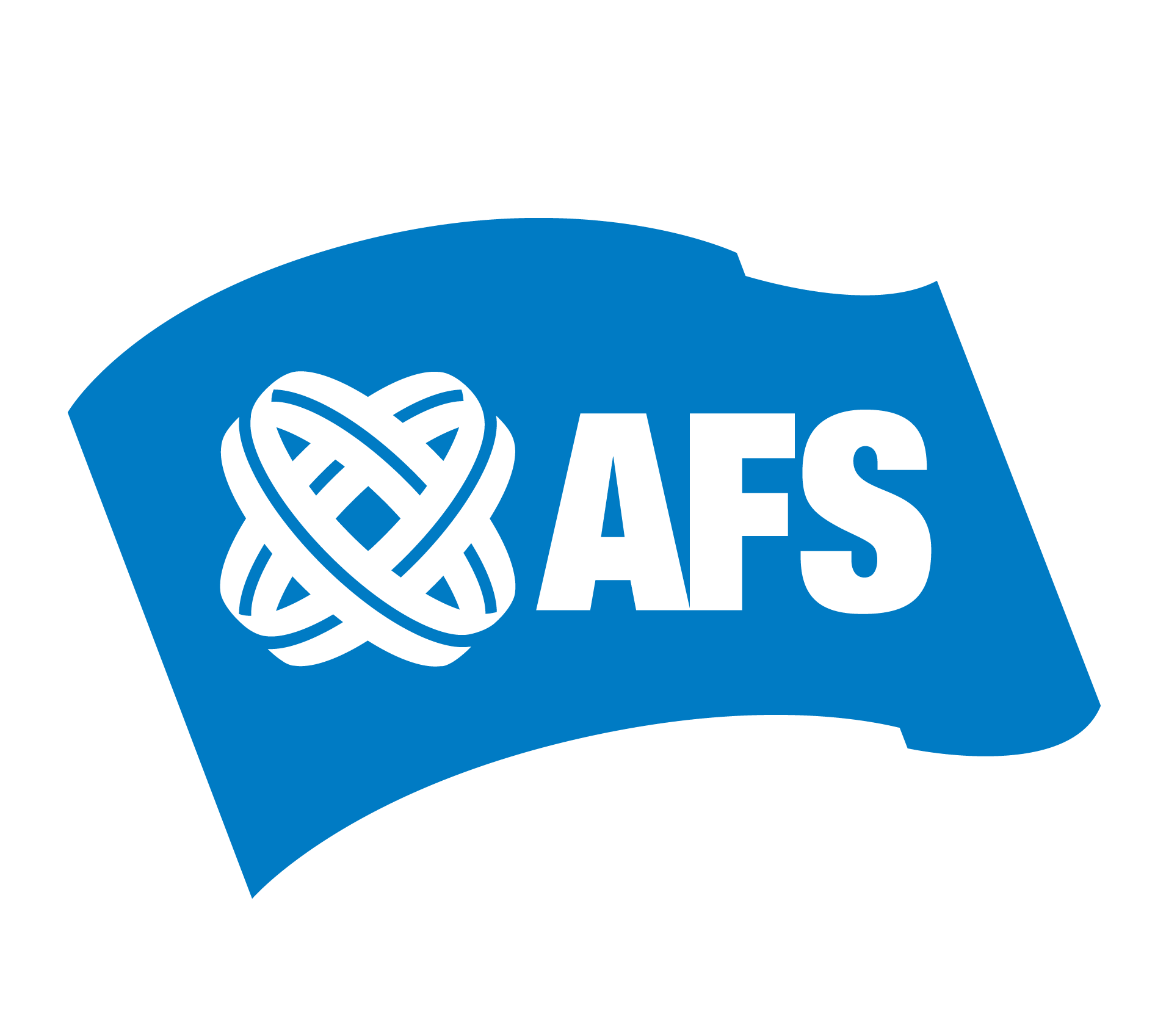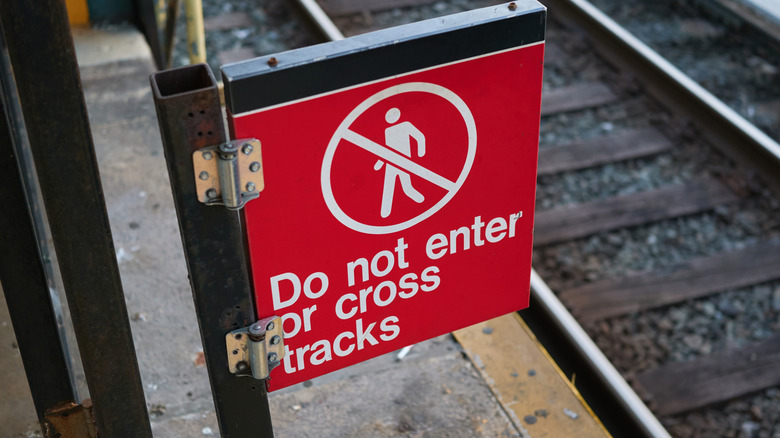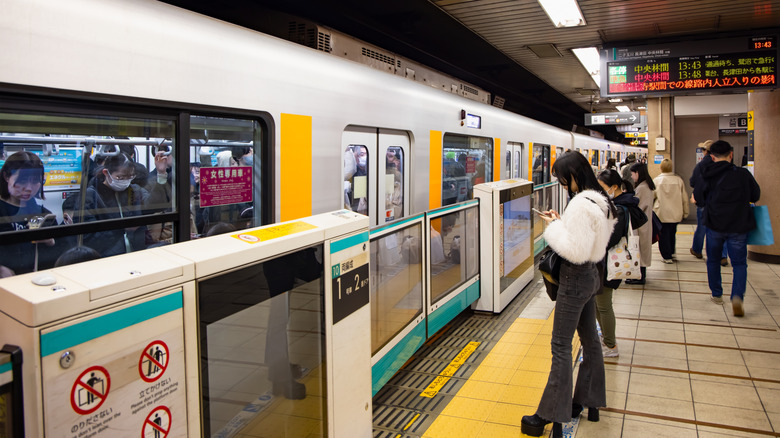All Joseph Lynskey wanted to do was go home. On December 31, 2024, Lynskey was standing in a Manhattan subway station, waiting for a train to Brooklyn. Just as the train approached, a random assailant pushed him off the edge of the platform, landing him between the two tracks. Miraculously, Lynskey survived, but he sustained several injuries, including a fractured skull and ruptured spleen. He’s alive, and Lynskey vowed to ride the subway again. But others are not so lucky.
“Everybody should stand away from the edge of the platform,” said Janno Lieber, CEO of the Metropolitan Transit Authority, when CNN interviewed him in January 2022. Why did he say this? Because two years before Lynskey narrowly survived a murder attempt, another (unidentified) man had been pushed in front of a speeding train. That event came at the heels of a third assault — on a woman named Michelle Alyssa Go — which proved fatal. Just before that, a victim was beaten up by a gang and either thrown or fell off the platform. He survived, but a bystander who tried to rescue him was killed by an oncoming train.
Visitors already have to adjust to the New York subway system, along with its somewhat confusing map, and many first-timers get anxious about New York’s underground platforms, which are often narrow and completely open. It sounds dramatic, but it’s true: Anyone could jump, fall, or get pushed off the edge, into a speeding train. A rash of attacks in the 2020s seems to confirm these fears: In 2021, a total of 21 people were reportedly shoved off New York City subway platforms, and in 2022, that number rose to at least 25.
The dangers of New York subway platforms
To be fair, physical harm is statistically rare on the subway. According to The City, a little over 200 people are injured by MTA trains each year, including train surfers and other incidents. Every one of these injuries is serious, of course, and it’s tragic that they occur. Yet 3.6 million people ride NY’s subway every day. The odds of getting hurt in any way, much less being the victim of a serial pusher, are infinitesimally small.
Still, the tracks beneath each platform are completely exposed, and the sight of steel rails, weathered wood ties, and blackened gravel can give a lot of us the willies. It’s perfectly normal to see a rat scuttling down the way, and above-ground tracks typically accumulate puddles and trash. General grossness aside, falling onto the tracks puts you in a critical position: Platforms are usually 36 inches above the tracks, which is pretty high for young children, shorter adults, or folks with mobility issues. There are almost always ladders or steps at either end of the platform, but that can be far to run. There’s a popular belief that the space directly underneath the platform is large enough to contain a fallen adult, but this isn’t always true; people have been killed huddling in this alcove.
Most New Yorkers shrug off these concerns. The subway system first opened way back in 1904, and many riders appreciate its unique character. Riding this system is something of an art, like knowing to avoid riding in an empty subway car. Trains and stations today are downright spotless compared to their low point in the 1980s, when seemingly every surface was covered in graffiti and violent crime was a citywide epidemic.



